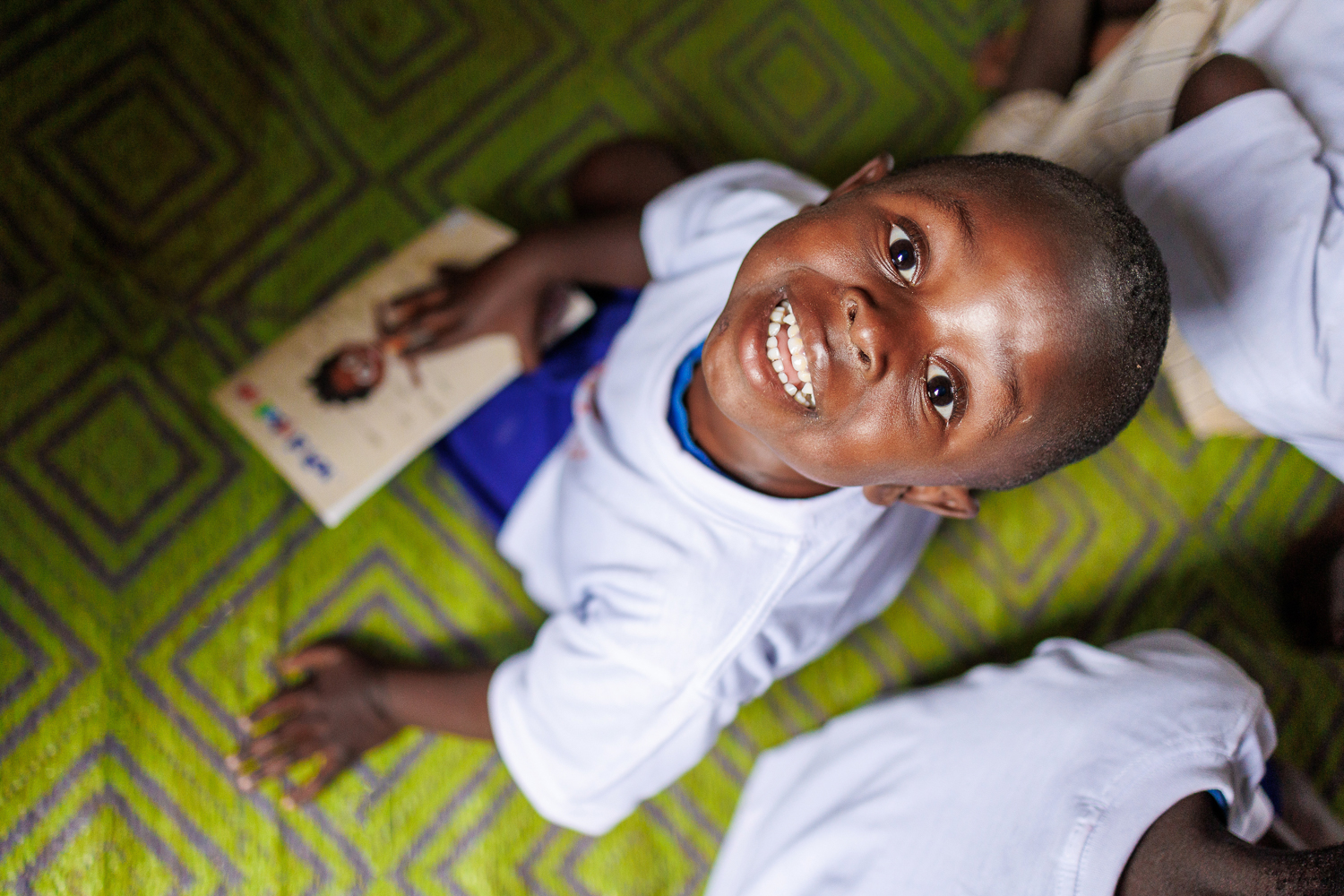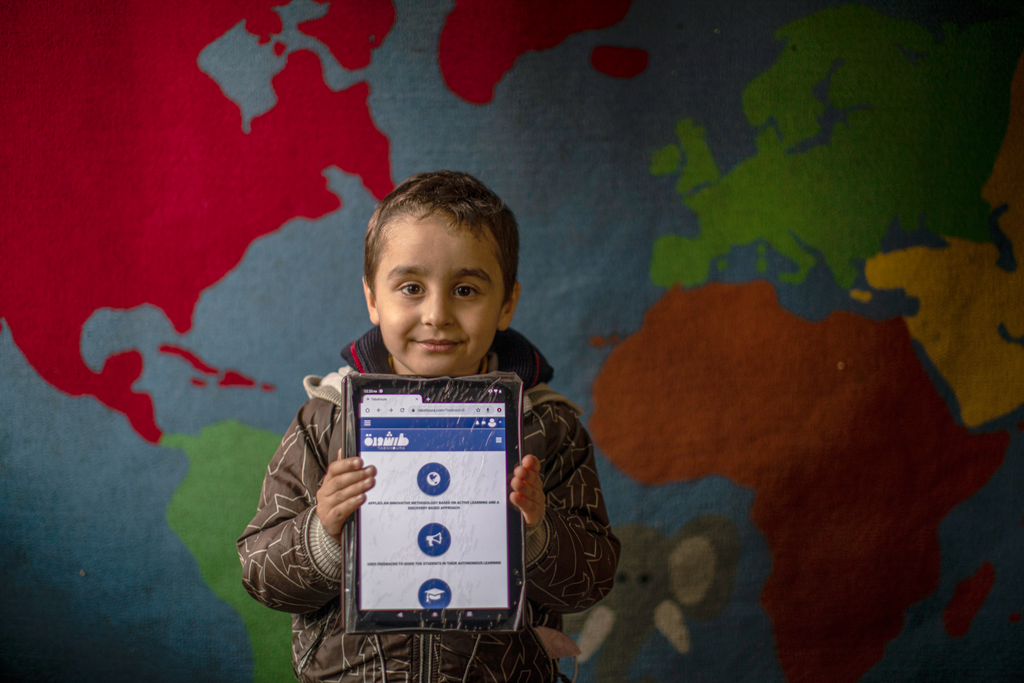
Health clinic in remote Tibet is saving lives of mothers and young children
Early childhood development, Health and nutrition, Safe pregnancy and birth
The Surmang Foundation has brought down the maternal mortality rate after training women in villages about birthing and other vital skills.
“If you want to save a culture, save a mother.” That’s the strong message from the Surmang Foundation and health clinic, set up to provide essential free healthcare for women and their children in a remote area of Tibet.
The clinic has treated 150,000 women in the past 10 years – and has brought down the maternal mortality rate, which was among the highest in the world.
“We decided to create a corps of 40 women embedded in their villages to learn basic health skills including birthing skills,” explained Surmang founder Lee Weingrad.
“That changed everything. By 2008 we’d reduced maternal mortality to zero and it’s stayed near there ever since. We also have a programme of neo- and post-natal screening. The children are closely monitored by our staff.”
That’s crucial in the remotest parts of Tibet, where one in five children die before the age of two.
But more work needs to be done and more funds found, as thousands of women and young children in remote areas of Tibet are still dying needlessly.
All children under the age of five should have access to the care they need – including health, nutrition, learning, play and protection. That’s why Theirworld’s #5for5 campaign is calling for world leaders to invest in early childhood development and pre-primary education.
Weingrad told Their News about some of the work the Surmang Foundation has been doing to improve the health, lives and culture of some of the poorest communities in the world.
He said: “The main aim of our foundation is empowering women and girls. The World Health Organisation estimates that 5000 Tibetan women die each year during pregnancy or childbirth.
“Women die in numbers as high or higher than any other place in the world. At first, we estimated 3000 deaths in 100,000 live births. One in five in remote areas don’t live past their second birthday.
“I feel that the critical path to restoring the health of the culture is to restore the health of the women and girls.”
A New Yorker and university professor, Weingrad set up the foundation almost 30 years ago after a visit to Tibet. He found many “women were giving birth in fields next to animals” and decided he had to help.
The father-of-two – who married his interpreter in 1992 – explained: “I’m a practising Buddhist and my teacher Chogyam Trungpa Rinpoche was the supreme abbot of 13 monasteries in Eastern Tibet all called Surmang, or many cornered.
“In 1987 I was on my way to Beijing to go to Trungpa Rinpoche’s seat in Tibet. But a week before I was scheduled to leave Rinpoche died.
“I made a four-day overland trip to Yushu and then two very difficult days over hazardous mountains to his monastery. I was there for five days.
“I wondered what I could do to help those people. They all dressed in rags and their houses were in ruins. I really felt like I had to help them but I couldn’t figure out how.”
Weingrad returned to US and set up the Surmang Foundation as a non-profit organisation – then got a letter from the Minority Affairs Commission inviting him to discuss his ideas for helping this area.
“After three months of discussions, we signed an agreement to allow the Surmang Foundation to build a clinic near the monastery. A year later we got $150,000 to build the clinic,” he said.
“We have since been told we have been blessed by Buddha as we offer our services for free to all women.”
The foundation has evolved over the years and is now even gathering data on Tibet’s nomadic women.
Weingrad explained: “We cooperated with the government to do a mass data survey of 800 nomadic women. That was rough. Horses, mules, 4x4s, yaks, you name it.
“That’s where we found out about the high maternal mortality and infant mortality rates and created the corps of 40 women embedded in their villages to learn basic health skills.
“We operate on the level of trying to fix what we can fix. For example, Tibetans don’t ever take off their clothing. Period. It’s a very traditional area.
“You can imagine the challenge of a doing an ultrasound! That took years. When women started to see the benefits – namely they stopped dying in record numbers – we started seeing growing support.”
The foundation is looking for more support – and funding – itself. With annual operating costs of about $150,00, it wants to create an endowment to sustain its work in the longer term.
Weingrad said: “We are looking for an angel or angels to sponsor $30,000 to rebuild the downstairs of our clinic so that we can expand the storage of our meds and create a functioning shower/toilet downstairs.”
The Surmang Foundation is also looking for general donations. For more information, email [email protected] or visit Surmang’s donation page.

More news

MyBestStart programme gives young girls the education they deserve
